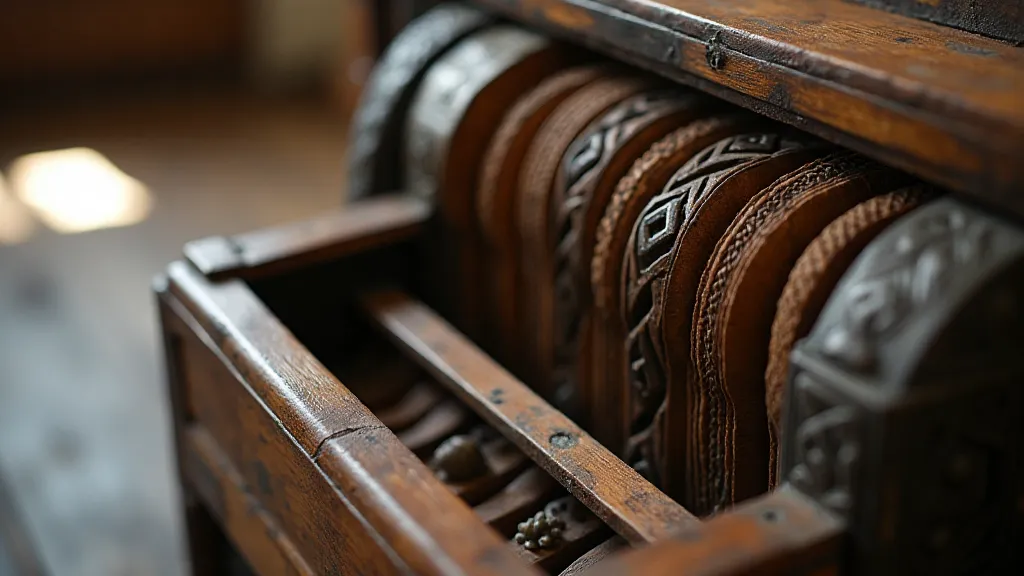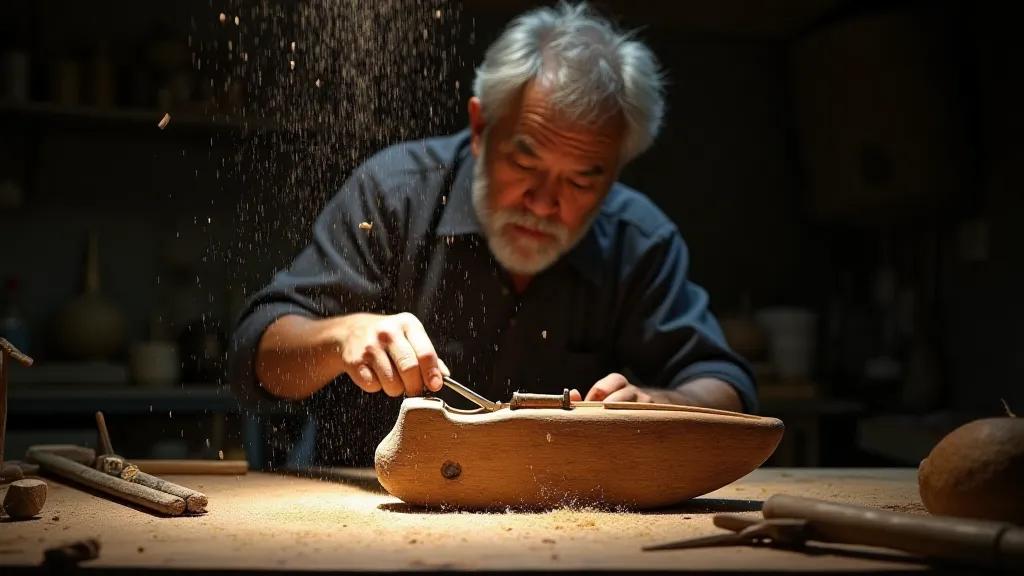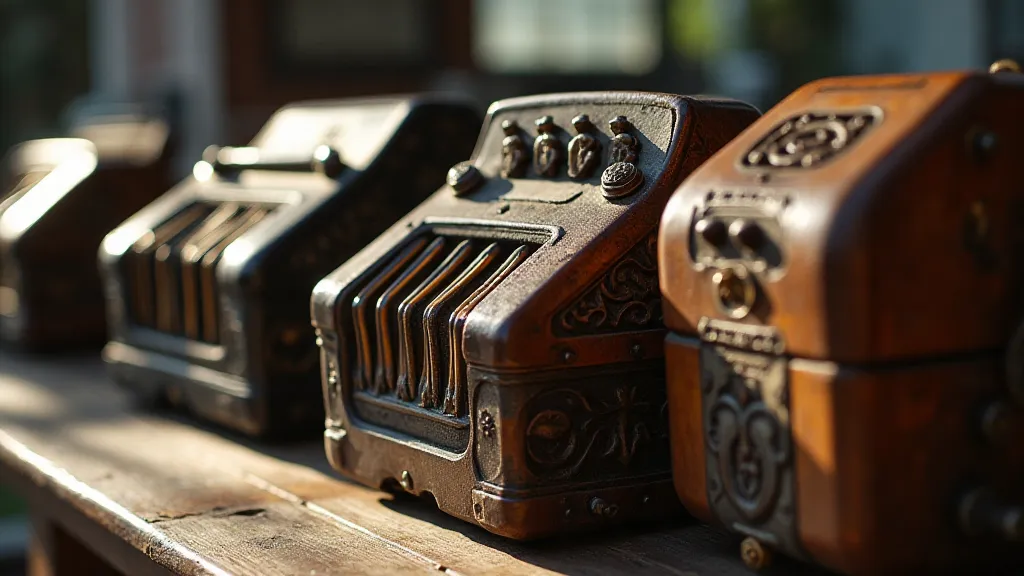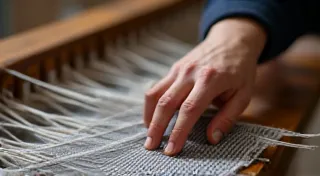Ephemeral Kingdoms: The Transient Nature of Regional Play
There’s a particular melancholy that clings to antique accordions. Not just the dust, though that certainly contributes. It's the whisper of vanished dances, the echo of laughter carried on breezes that no longer rustle through the same trees. These instruments, like so many traditional games, are time capsules, resonant with a past that shifts and fades with startling speed. We often think of traditions as monolithic, immutable. Yet, the reality, when we examine the history of regional games, is one of constant flux, a beautiful, bittersweet dance of adaptation and loss.
My grandfather, a quiet man with hands calloused from years of tending to the earth, used to tell me stories of “Kubb,” played differently in his youth in northern Sweden. It wasn't simply about knocking wooden blocks – the rules regarding obstructions, permissible throws, even the celebratory rituals after a win, varied from village to village, evolving organically as families intermarried and new ideas trickled in. He lamented the "standardized" version that spread with increased tourism and the internet. "The spirit is gone," he’s said, “The joy was in the difference, the uniqueness. Now, it’s just…a game.”

The Rules Are Fluid: More Than Just Instructions
The concept of “rules” in traditional games rarely refers to rigid, codified laws. More often, they're a collection of understood customs, a living agreement between participants. These agreements are deeply intertwined with the social fabric of a region. Consider “Muinane,” a folk game played in the Andes Mountains of Ecuador and Peru. While the core objective – hitting targets with a small pouch filled with stones – remains constant, the nuances of play are dictated by the local terrain, the availability of materials, and even the social hierarchy. A game played in a remote, tightly-knit community will have far stricter, unwritten codes of behavior than one played in a more dispersed area.
These “unwritten rules” often reflect the region’s history and economics. A game requiring a great deal of precise equipment might become less common when resources become scarce. Similarly, games that promote cooperation might flourish in societies based on mutual support, while those emphasizing individual skill might thrive in more competitive environments. The historical context acts as a constant sculptor, subtly reshaping the game’s rules and ritual.
The Craftsman’s Hand and the Fading Echo of Skill
The equipment used in these games is often just as revealing. Unlike modern, mass-produced games, traditional equipment is frequently handcrafted, reflecting the skills and resources of the local community. Look at the “Jianzi” shuttles used in the Chinese game of that name. Originally made from the feathered ends of the duck, or, more commonly, the bladder of a sheep, they were objects of both functionality and aesthetic value. The skill of the craftsperson—their ability to balance weight distribution, ensure aerodynamic stability, even decorate the shuttle with intricate carvings—directly impacted the game’s playability and enjoyment.
The disappearance of these crafts isn't simply about losing a beautiful object. It signifies a loss of knowledge—a loss of the connection between the maker and the player, between the land and the game. Imagine trying to restore an antique accordion, the bellows cracked, the reeds damaged. You can replace the parts, of course, but can you truly recreate the spirit, the breath of the original maker? It's a challenge that echoes the difficulty of perfectly recreating a lost game tradition. The standardized equipment we see today – often cheaper, faster to produce – homogenizes the experience, stripping it of its regional character.

The Rise of Standardization and the Loss of Nuance
The 20th and 21st centuries have witnessed a significant shift in the landscape of regional games. Globalization, mass media, and the internet have facilitated the spread of standardized versions, often marketed as “authentic” or “traditional.” While this can increase awareness and participation, it frequently comes at the cost of regional variation. The subtle nuances that once distinguished a game played in one village from another are often lost in the process.
Think of “Sepak Takraw,” a kick volleyball-like game popular in Southeast Asia. Its origins are diverse, with regional variations in the rules and techniques. Today, a “standardized” version dominates, promoted by international governing bodies. This has undoubtedly increased the game’s popularity and visibility, but it also risks erasing the unique character of the different regional styles. The beauty of these regional variations isn’t simply about differing techniques—it’s about the stories they tell about the people who developed them, the challenges they faced, and the values they cherished.
Gains and Losses: A Bittersweet Legacy
It’s not all doom and gloom, however. The standardization of certain games has facilitated cross-cultural understanding and allows individuals from different backgrounds to enjoy a common activity. The increased accessibility can also lead to a renewed interest in the game’s origins, inspiring communities to rediscover and revitalize their regional variations.
The key lies in recognizing that “tradition” is not a static entity but a dynamic process. We must actively preserve the stories behind the games, document the variations in rules and techniques, and support the individuals and communities who are dedicated to keeping these traditions alive. Collecting antique accordions, for example, isn’t solely about possessing a beautiful object; it’s about safeguarding a piece of history, a tangible link to the musicians and dancers who breathed life into it. Similarly, supporting local artisans who continue to craft traditional game equipment ensures that those skills and traditions are passed on to future generations.

The ephemeral nature of regional play is a poignant reminder of the constant flux of culture. It highlights the importance of valuing not just the games themselves, but the stories they embody, the people who play them, and the landscapes that shape them. The loss of nuance is undeniable, but so too is the opportunity to celebrate and preserve the fragments of a vibrant, ever-evolving legacy. Perhaps the best we can hope for is to listen closely to the echoes of the past, and to ensure that they continue to resonate, however faintly, for generations to come.





